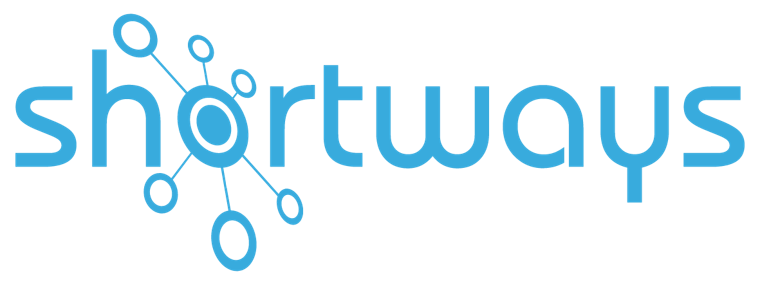
You may have noticed it in our LinkedIn posts, or in our videos and images on our website: our Shortways Assistant has a new design!
The goal: a better digital adoption 🎯
Our goal was to make the Assistant ever easier to handle for users who are not always comfortable with digital.
Finding the right information at the right time in the Assistant had to become a reflex for the user.
We therefore asked ourselves the question of what would make it possible to maximize its use, while making it better, more ergonomic and user-friendly.
A UX/UI Design approach 🧩
The approach to this new look was based on a UX/UI Design approach.
What is UX/UI design?
UX design (acronym for User eXperience) is user experience centered approach. The goal is to make the use of the interface as ergonomic, intuitive and easy as possible. It will be necessary to study the target, its expectations and knowledge.
UI design (acronym for User Interface) deals with the design of the user interface: graphic charter, arrangement of icons and functionalities, etc.
These 2 notions were therefore complementary for this redesign project.
This development is the result of strong collaboration:
- Between our internal teams, for a benchmark on the developments to be carried out.
- And of course with our Shortways customers/users. Actors of our solution, they shared their needs and suggestions with us throughout the redesign project.
The news 🌟
The appearance of the Assistant:
A new graphic charter has been designed: layout of buttons, new colors, new fonts, or even new icons for the Assistant but also features. It is now faster to delimit them and recognize their usefulness.
This new interface provides much faster access to key actions: step-by-step and contextualized help, available in the knowledge base created and integrated into your business application.
With this new design, our customers reach their training and user support objectives quicker. They secure their transformation and digital adoption.

On the features’ side:
Feedback:
Beyond the reworked aspect, feedback has been embedded in the features, the user can now:
- signal that a content is missing when it is requested via the search bar
- put a green or red thumbs up to indicate if the content was useful to him
- submit a suggestion for content to create following a support request

For example, here I want to report missing content to show me how to enter my leave in my HRIS.
The objective was to allow the continuous improvement of the content, to make the development of content more collaborative by taking into account user feedback.
Step-by-step:


The look of the bubble is more rounded, the design of the buttons reworked according to the UX/UI codes.
The step-by-steps can be grouped by category in the Assistant in order not to pollute the help space available to the user, and to facilitate his navigation. The roll-out is done by clicking on the chevrons on the right.
Introductory and concluding steps can be configured in order to delimit and complete the support.
An indicator informs the user of its progression in the walkthroughs’ steps.
Notification bubble: just like the step-by-steps, the design has been reworked.

FAQ:

The contents of the FAQ can be grouped by category in the Assistant in order not to pollute the help space available to the user, and to facilitate his navigation.
The roll-out is done by clicking on the chevrons on the right.
Contextual help:

2 types of display are available:
- when hovering over the “i” next to the keyword,
- or clicking on it.
Search bar:

It is now located at the very top and no longer at the very bottom of the Assistant in order to highlight it and allow users to directly search for the desired help content according to their needs.
Beyond the search by keyword, the user can type a question: without really being a discussion as with a chatbot, this allows the most frequent questions to be answered by displaying the associated help content (FAQ, step-by-step, contextual help or notification bubble), sorted contextually and by relevance.
Finally, a new feedback feature has been integrated: if no result corresponds to his search, or if no help displayed answers his question, the user can “report missing result“.
Assistance Request:

A category can now be assigned by the user to his/her request for assistance from a list of previously configured proposals, in order to always better contextualize, centralize and process them quickly on the help desk side.
Once the category has been selected by the user, the Shortways Assistant can now offer help content below the problem writing box under the name “Content that might help you“.
Thus, for a given category, the Assistant will display a list of step-by-steps or corresponding FAQs in order to unblock the user even before he clicks on “Send”. These aids keep the context information specific to their creation: language, screen and user profile.
The objective is once again to empower users by offering them a first level of response, while capitalizing on the help content created by administrators, and reducing requests for support.
And always: the administration console and the dashboards for reporting and usage statistics:


This new design will notably serve as a base for many new news that will soon arrive, because at Shortways, we are always looking to improve! 🚀
Ask us for a personalized demonstration according to your project:



